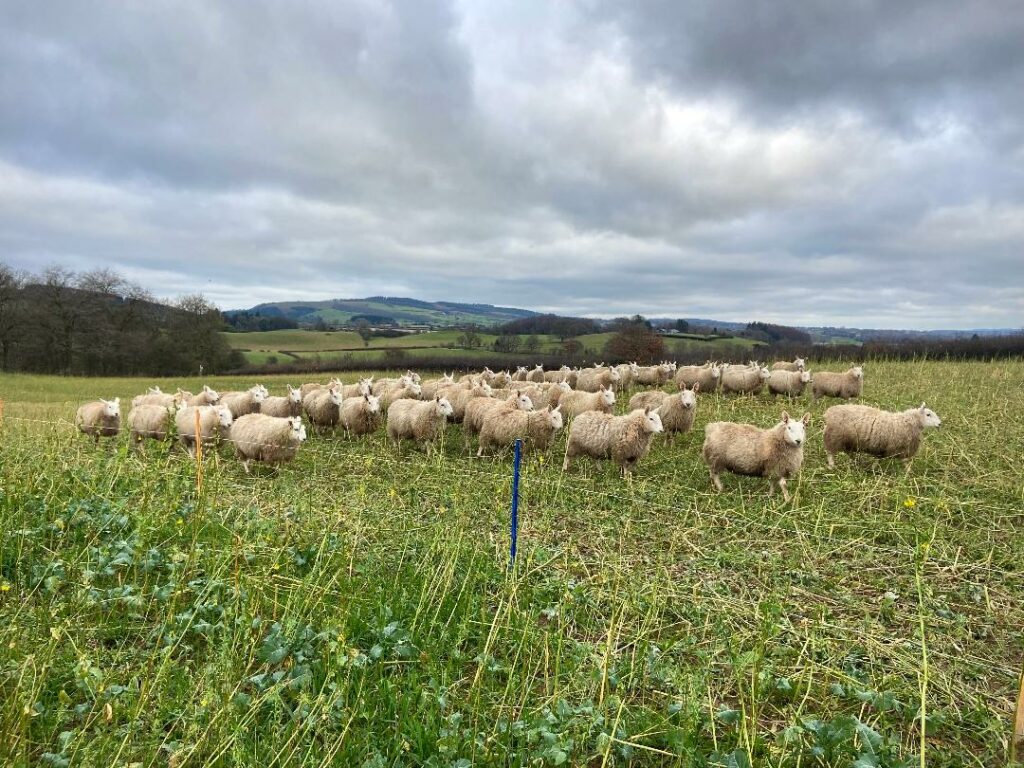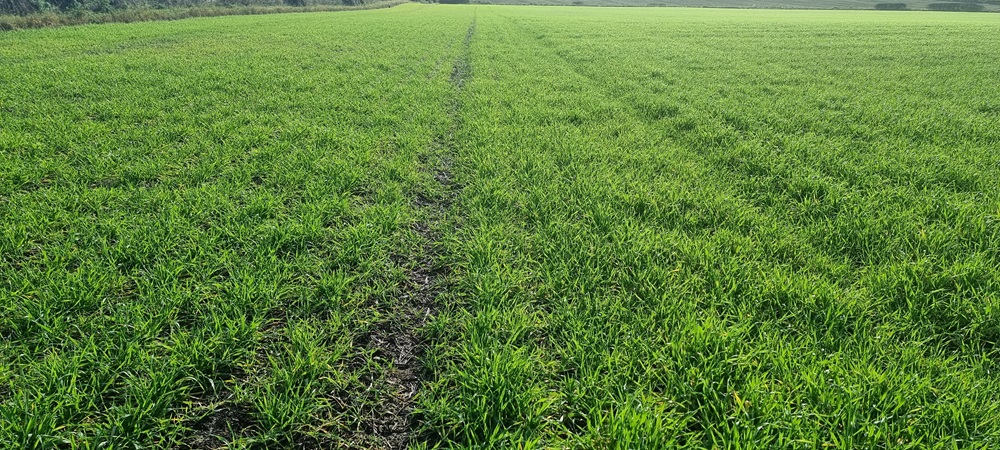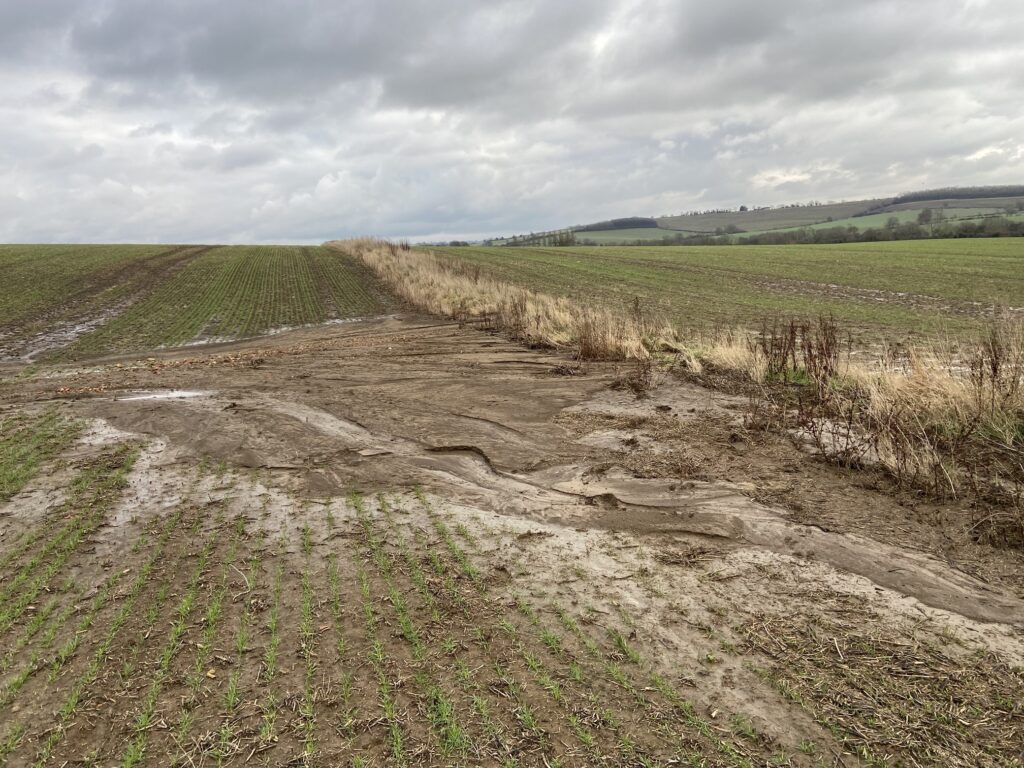Farmer Focus – Billy Lewis
The good, the bad and the downright ugly is the only way I can describe the state of our autumn drilled crops as we head into the spring. Throughout the later stages of 2023 as a result of the unrelenting rain I was pitifully watching our area of cereals for next harvest diminishing by the day.







